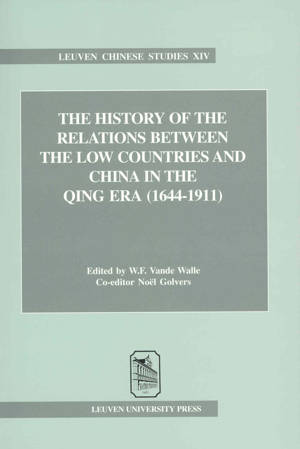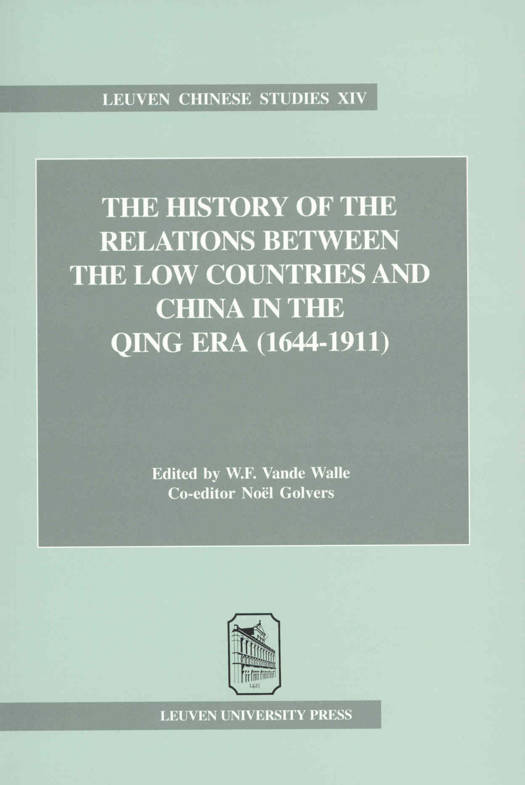
- Afhalen na 1 uur in een winkel met voorraad
- Gratis thuislevering in België vanaf € 30
- Ruim aanbod met 7 miljoen producten
- Afhalen na 1 uur in een winkel met voorraad
- Gratis thuislevering in België vanaf € 30
- Ruim aanbod met 7 miljoen producten
Zoeken
The History of the Relations between the Low Countries and China in the Qing Era (1644-1911)
Noël Golvers, W.F. Vande Walle
€ 51,00
+ 102 punten
Omschrijving
The relations between the Low Countries and China in the Qing era constitute a very broad topic, both in terms of time span and fields covered. Low Countries is a widely used historical and geographical term but it is a fairly loose one, with shifting territorial boundaries, denoting differing political, social and economic realities through time and space. As a result there is a considerable measure of vagueness to it. In particular, during the period under review, the countries that are usually subsumed under the term, namely Holland and Belgium, never constituted a political entity or state, except for the brief spell of the United Kingdom of the Netherlands (1815-1830). China may present a clearer contour, a more coherent unity and continuity, yet that may only be due to the distant perspective, for in China too we have quite different and differing realities in the period under review. The relationship between the Low Countries and Qing China was a checkered and complex one, different from, yet complementary to that between China and the major Western powers. For that reason alone, if not for any other, this relationship warrants to be explored and holds the promise of new insights into the history of Sino-Western relations. This collection of contributions deals with cultural contacts, acculturation and inculturation, but it does not address these issues from a unitary perspective. Each author brings his own angle and viewpoint to the whole.
Specificaties
Betrokkenen
- Auteur(s):
- Uitgeverij:
Inhoud
- Aantal bladzijden:
- 508
- Taal:
- Engels
- Reeks:
- Reeksnummer:
- nr. 14
Eigenschappen
- Productcode (EAN):
- 9789058673152
- Verschijningsdatum:
- 21/08/2003
- Uitvoering:
- Paperback
- Afmetingen:
- 160 mm x 240 mm
- Gewicht:
- 905 g

Alleen bij Standaard Boekhandel
+ 102 punten op je klantenkaart van Standaard Boekhandel
Beoordelingen
We publiceren alleen reviews die voldoen aan de voorwaarden voor reviews. Bekijk onze voorwaarden voor reviews.











